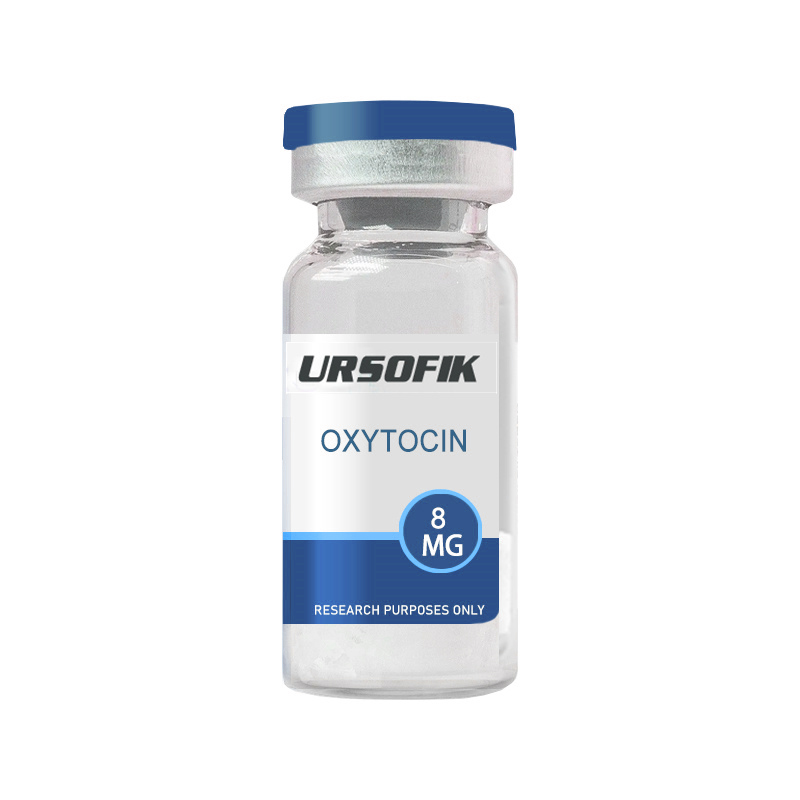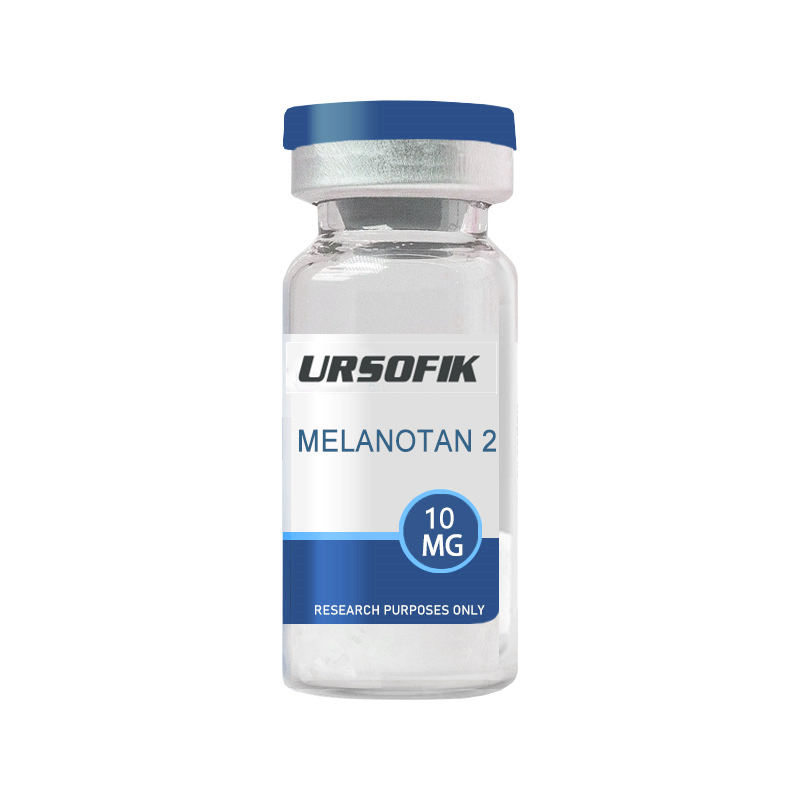

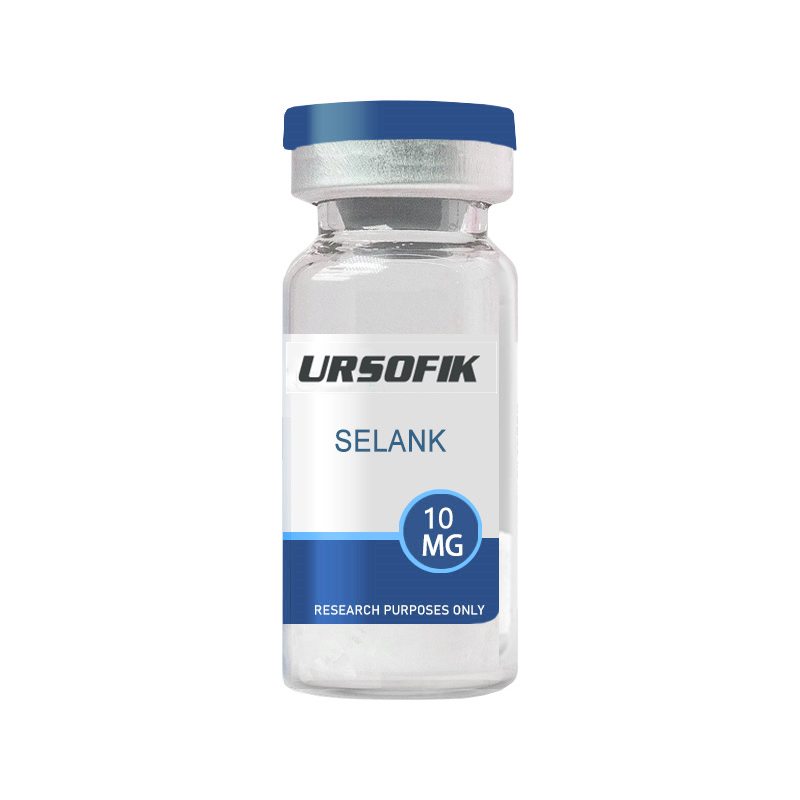
Mechanism of Action: Selank acts on the central nervous system by influencing the levels and activity of neurotransmitters like serotonin, dopamine, and GABA, which can result in anxiolytic effects, mood improvement, and cognitive enhancement. The peptide also interacts with the immune system by influencing gene expression and modulating cytokine balance. Notable Studies: · Semax and Selank inhibit the enkephalin-degrading enzymes from human serum · Selank administration affects the expression of some genes involved in GABAergic neurotransmission · Immunomodulatory effects of Selank in patients with anxiety-asthenic disorders What is Selank? Selank is a synthetic analog of tuftsin, an endogenous tetrapeptide that plays a role in regulating the immune system. Some researchers informally classify Selank as a nootropic—a compound that can enhance cognitive function, improve memory, and increase mental clarity. Selank was developed in the early 1990s at the Russian Academy of Sciences and has primarily been studied for its anxiolytic (anti-anxiety) effects. It is believed to work by modulating neur ...
Read More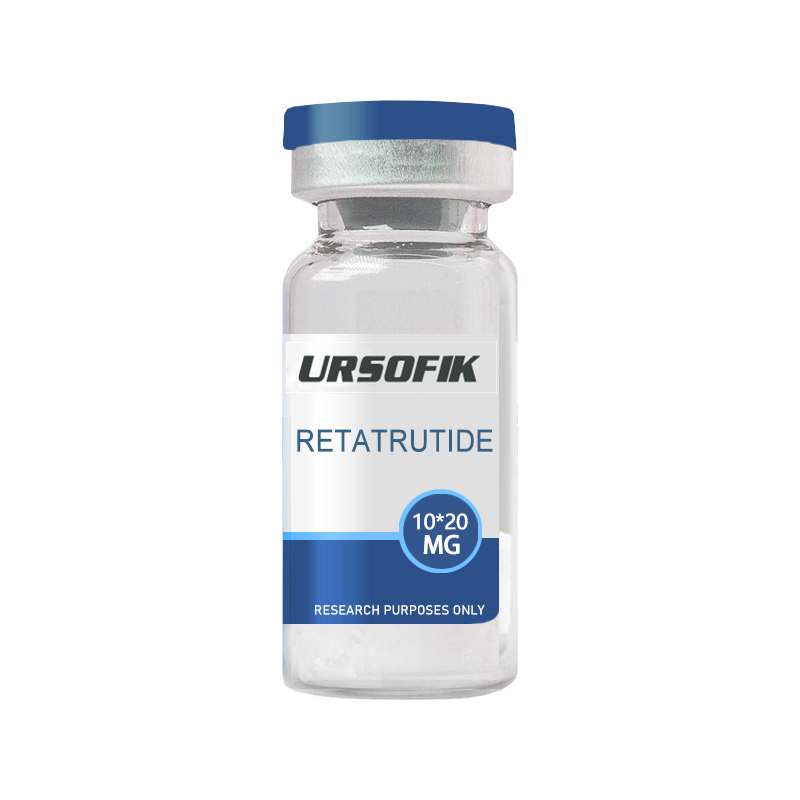
Mechanism of Action: Retatrutide is a triple receptor agonist that targets the receptors of GIP, GLP-1, and glucagon hormones. By combining the effects of native GIP and GLP-1 with glucagon receptor activation, it exerts a broad appetite-suppressing and metabolic impact. Researchers suggest that this triple mechanism may offer more effective glycemic control and weight loss compared to other incretin-based therapies. Notable Studies: · Is retatrutide (LY3437943), a GLP-1, GIP, and glucagon receptor agonist a step forward in the treatment of diabetes and obesity? · Retatrutide, a GIP, GLP-1 and glucagon receptor agonist, for people with type 2 diabetes: a randomised, double-blind, placebo and active-controlled, parallel-group, phase 2 trial conducted in the USA - The Lancet · Triple–Hormone-Receptor Agonist Retatrutide for Obesity — A Phase 2 Trial | New England Journal of Medicine What is Retatrutide? Retatrutide, a synthetic peptide created by Eli Lilly, is also known by its development code LY3437943. This peptide acts as a triple receptor agonist, targeting the glucagon-like peptide-1 (GLP-1), glu ...
Read More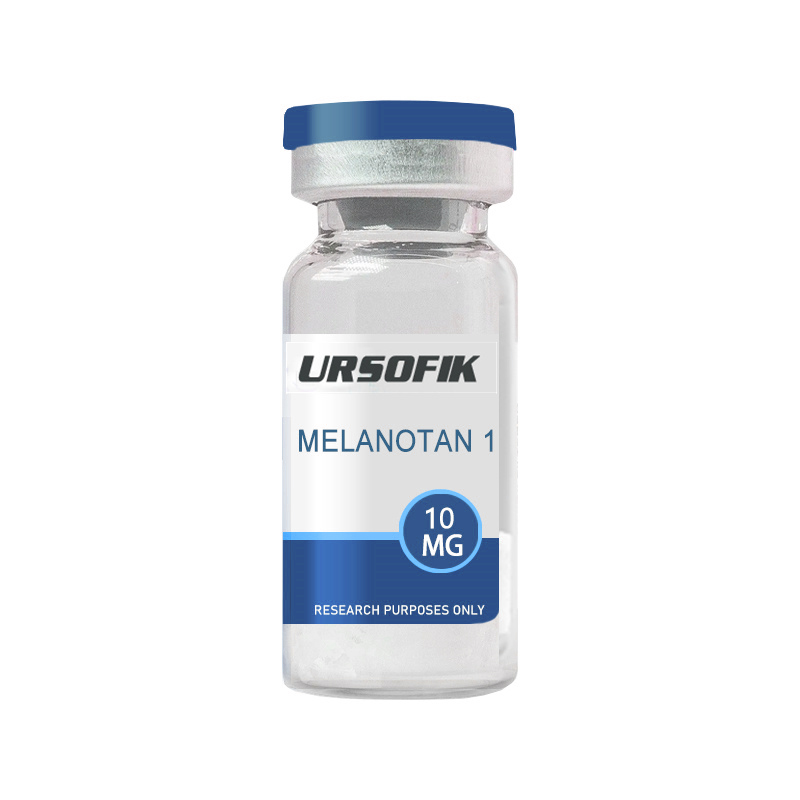
Mechanism of Action Melanotan I is an agonist of melanocortin receptors 1, 3, 4, and 5, binding primarily to melanocortin receptor 1 to trigger melanin production. Notable Studies Increased eumelanin expression and tanning is induced by a superpotent melanotropin [Nle4-D-Phe7]-alpha-MSH in humans Effects of a superpotent melanotropic peptide in combination with solar UV radiation on tanning of the skin in human volunteers A phase II, randomised, open label pilot study to evaluate the efficacy and safety of two dosage regimens of subcutaneous bioresorbable afamelanotide implants in patients with mild to moderate acne vulgaris What is Melanotan I? Melanotan is a synthetic analogue of alpha-melanocyte-stimulating hormone, or α-MSH for short. α-MSH is one of a number of melanocortin peptide hormones in the body. Melanotan is typically injected or administered as an implant and binds to melanocortin receptors 1, 3, 4, and 5. There are two types of melanotan molecules: melanotan I and melanotan II. They have both been linked to increased melanin production and increased tanning of the skin. While there is strong research interest in both melanotan molecules, this review ...
Read More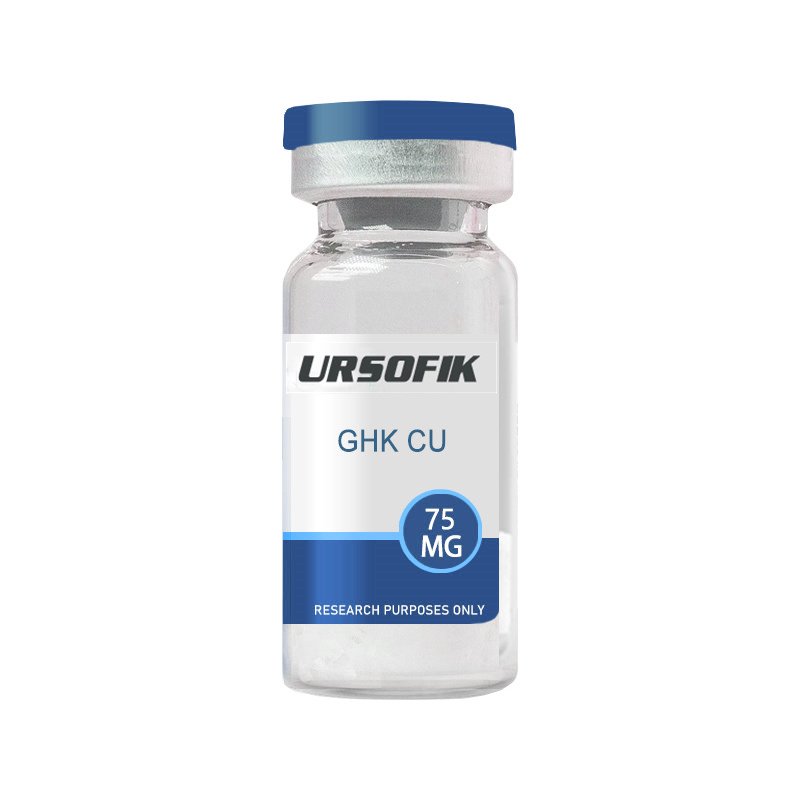
Mechanism of Action: GHK-Cu is said to stimulate the synthesis and breakdown of collagen and glycosaminoglycans, as well as modulating the activity of metalloproteinases and their inhibitors. It is also believed to stimulate dermatan sulfate, chondroitin sulfate, and decorin, and acts to attract immune and endothelial cells to sites of injury. Notable Studies: A synthetic tripeptide which increases survival of normal liver cells, and stimulates growth in hepatoma cells Regenerative and protective actions of the GHK-Cu peptide in the light of the new gene data GHK and DNA: resetting the human genome to health What is GHK-Cu? GHK-Cu is a human copper-binding peptide proven to confer a host of benefits related to healing, tissue regeneration, and skin, hair, and nail health. GHK was first discovered in 1973 by the noted peptide researcher Dr. Loren Pickart. He found that aged liver cells, when inoculated with blood from young people, were able to begin regenerating [1]. Eventually, it was discovered that GHK was the cause of this spontaneous regeneration. This is also how researchers were able to discover that GHK declined during the aging process, since the aged cells ...
Read More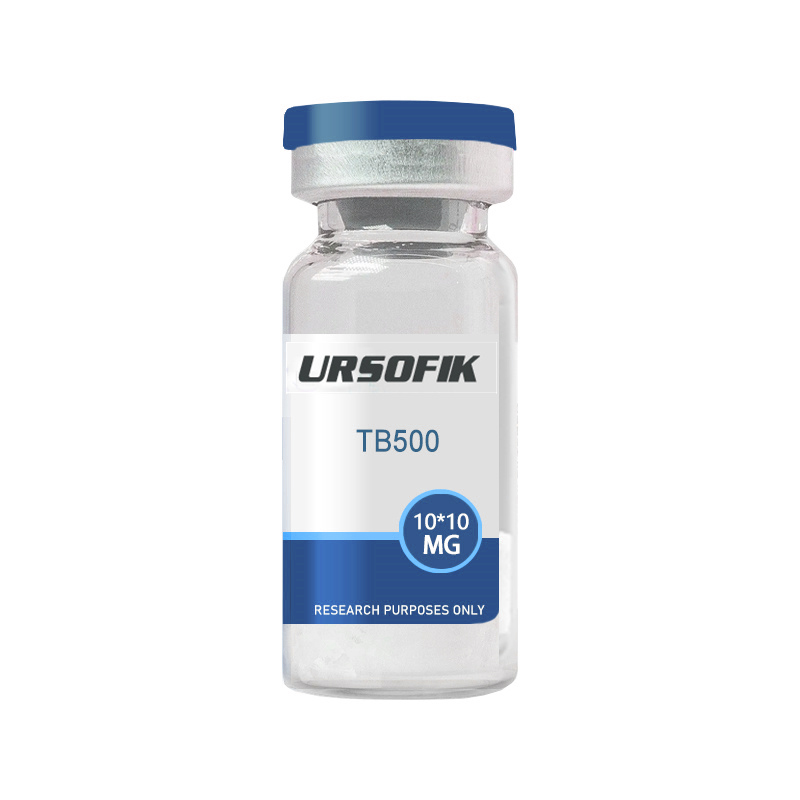
What is TB-500? TB-500 is a 43 amino acid synthetic analog of thymosin B-4 (TB-4), which occurs naturally in nearly all mammalian cells. TB-500 is known for its effects on actin, cell migration, and wound healing. Animal models and in vitro studies have shown that TB-500 can improve blood vessel growth, accelerate wound healing, reduce inflammation, and promote production of extracellular matrix. The peptide is currently being studied for its ability to reduce oxidative stress in spinal cord injuries, improve recovery after heart attacks, and have a variety of anti-aging effects. TB-500 Mechanism of Action TB-500 is the active domain of TB-4 and primarily acts as an actin-binding protein. Actin is an important component of cellular structure and makes up microfilaments. Microfilaments are responsible for giving cells their shape, protecting the integrity of cell membranes, allowing cells to move/migrate, and certain steps in cell reproduction. Actin is also one of the main components of muscle protein. Without actin, muscles cannot contract. Actin-binding proteins such as TB-4 sequester actin monomers (single units of actin), thereby protecting them from degradation and allowing them to polymerize into microfilaments ...
Read More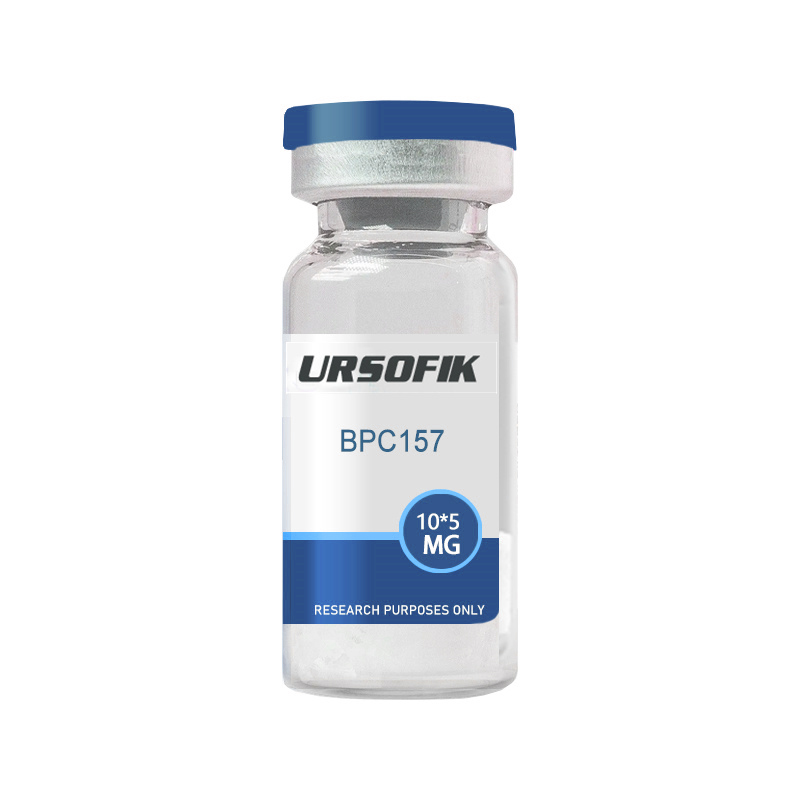
Class of Compound: Peptide Mechanism of Action: BPC-157 is known to stimulate vascular endothelial growth factor, which triggers the formation of blood vessels. Also, it blocks the growth-inhibiting action of 4‐hydroxynonenal. Further, it upregulates multiple growth receptors in the body and stimulates the production of fibroblasts, vital to the synthesis of collagen. Notable Studies: Pentadecapeptide BPC 157 and the central nervous system Fistulas healing. Stable gastric pentadecapeptide BPC 157 therapy BPC 157 counteracts QTc prolongation induced by haloperidol, fluphenazine, clozapine, olanzapine, quetiapine, sulpiride, and metoclopramide in rats What is BPC-157? BPC-157 refers to Body Protection Compound-157, a naturally occurring peptide found in human stomach juices. Composed of a sequence of 15 amino acids, the peptide can also be found in trace amounts in the gastric fluids of other mammals. The peptide plays a fundamental role in preserving the lining of the GI tract. However, researchers are interested in its application in other areas of the body—particularly in regards to wound healing, neuroprotection, and muscle and tissue growth. M ...
Read More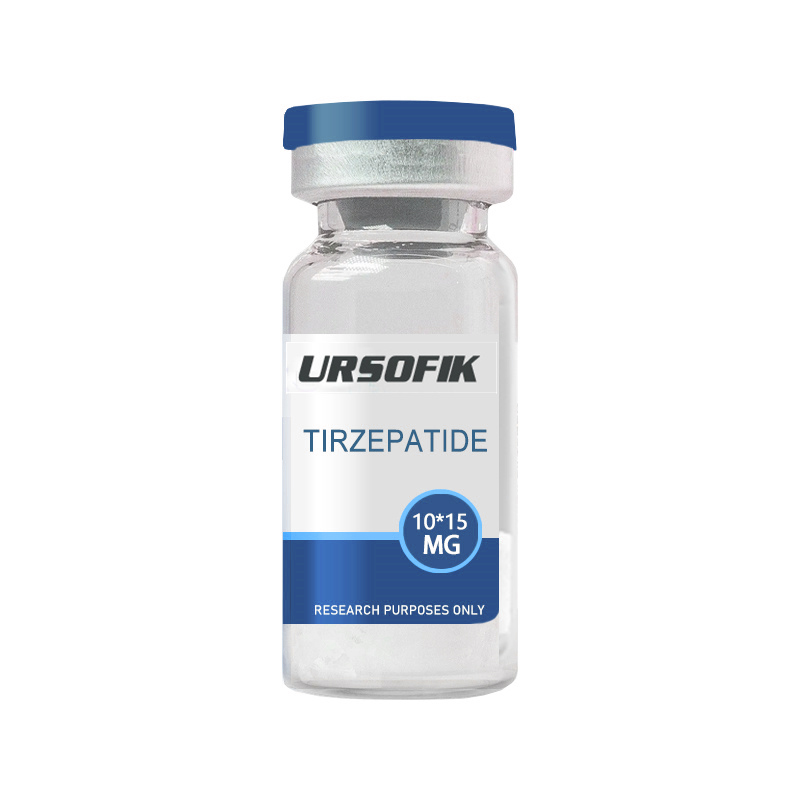
What is Tirzepatide? Tirzepatide is a synthetic peptide that acts as a dual agonist at the glucose-dependent insulin secretagogue polypeptide (GIP) and glucagon-like peptide-1 (GLP-1) receptors. The compound has been studied for its potential to affect glucose regulation and energy balance. Researchers are particularly interested in Tirzepatide because of its potential role in treating metabolic disorders, including those associated with insulin resistance and excess weight. How does Tirzepatide work? Tirzepatide is designed to activate both GIP and GLP-1 receptors, which are involved in regulating insulin secretion and glucose homeostasis. By stimulating these receptors, Tirzepatide can enhance insulin secretion in response to elevated blood glucose, inhibit glucagon release, and slow gastric emptying. In addition, this dual agonist effect may help reduce appetite and caloric intake by acting on receptors within the central nervous system, which may be beneficial for weight management. What are the potential benefits of Tirzepatide? Research suggests that Tirzepatide may offer several potential benefits: Improved blood sugar control: Tirzepatide ...
Read More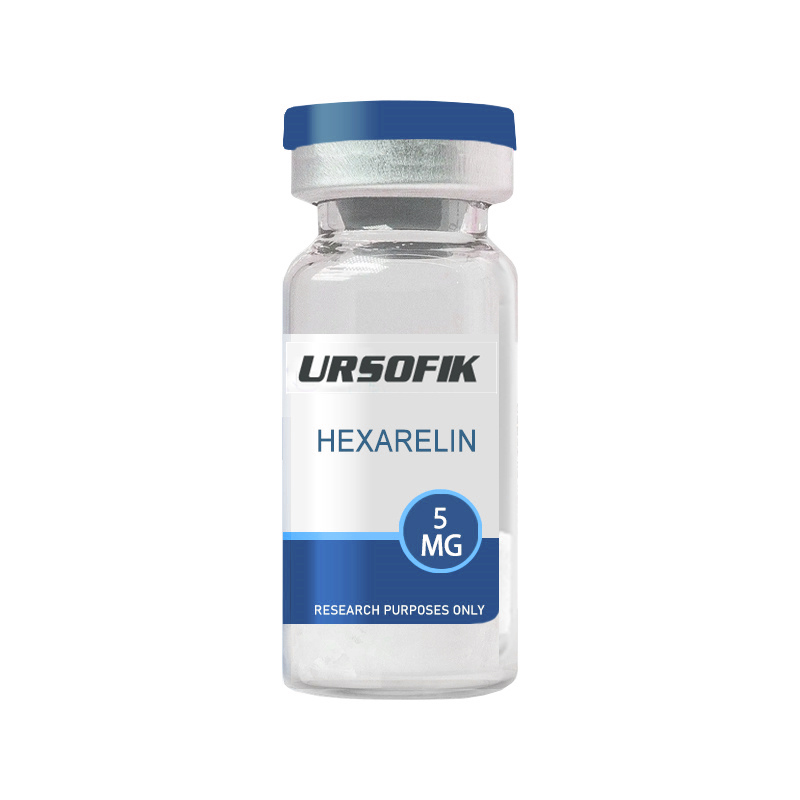
What is Hexarelin? Hexarelin is a synthetic hexapeptide that mimics ghrelin, the body’s natural gut hormone. It acts on the growth hormone secretagogue receptor (GHS-R) to trigger the release of growth hormone . The growth hormone release resulting from hexarelin treatment can improve the body’s ability to produce collagen, repair ligaments and tendons, grow muscle fibers, reduce visceral body fat, and increase bone density . While hexarelin is a ghrelin analog, studies have found that hexarelin is a superior alternative to ghrelin therapy because of its potency and stability, particularly as a cardioprotective agent. The administration of hexarelin has also been shown to provide neuroprotective benefits such as promoting the growth of new brain cells, protecting healthy brain cells, and reducing inflammation in the brain. Hexarelin Benefits and Uses Hexarelin is frequently sought out for its marked effects on fat loss and muscle-building. Its ability to affect insulin sensitivity, energy production, and lean muscle growth makes it an attractive compound for researchers wishing to enhance the body composition of their subjects. Hexarelin for Fat Reduction ...
Read More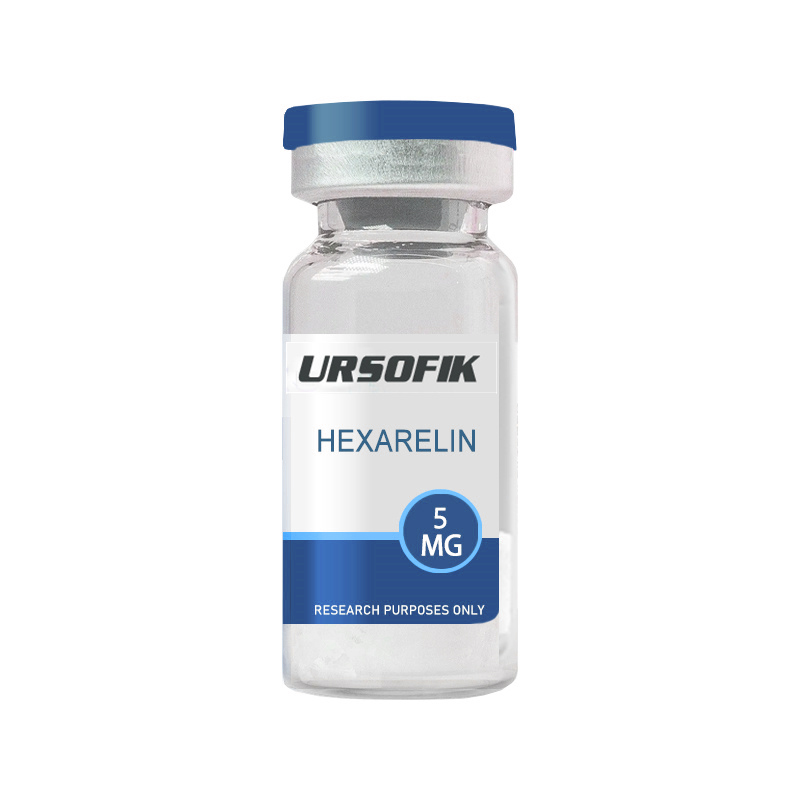
What is Hexarelin? Hexarelin is a synthetic hexapeptide that mimics ghrelin, the body’s natural gut hormone. It acts on the growth hormone secretagogue receptor (GHS-R) to trigger the release of growth hormone . The growth hormone release resulting from hexarelin treatment can improve the body’s ability to produce collagen, repair ligaments and tendons, grow muscle fibers, reduce visceral body fat, and increase bone density . While hexarelin is a ghrelin analog, studies have found that hexarelin is a superior alternative to ghrelin therapy because of its potency and stability, particularly as a cardioprotective agent. The administration of hexarelin has also been shown to provide neuroprotective benefits such as promoting the growth of new brain cells, protecting healthy brain cells, and reducing inflammation in the brain. Hexarelin Benefits and Uses Hexarelin is frequently sought out for its marked effects on fat loss and muscle-building. Its ability to affect insulin sensitivity, energy production, and lean muscle growth makes it an attractive compound for researchers wishing to enhance the body composition of their subjects. Hexarelin for Fat Reduction ...
Read More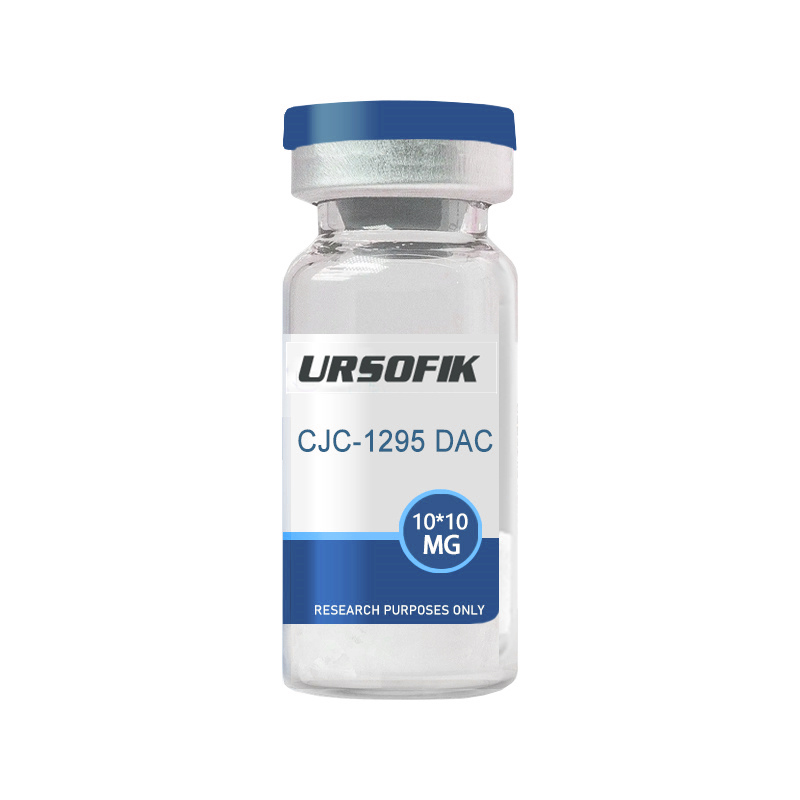
Compound Class: Peptide Mechanism of Action: CJC-1295 binds to receptors in the pituitary gland, stimulating the release of plasma growth hormone (GH) and insulin-like growth factor 1 (IGF-1). Notable studies: CJC-1295, a long-acting GH-releasing hormone analog, stimulates growth hormone (GH) and insulin-like growth factor I secretion in healthy adults over a long period of time Once-daily administration of CJC-1295, a long-acting growth hormone-releasing hormone (GHRH) analog, restores growth to normal in GHRH knockout mice Sleep and endocrine changes after intranasal administration of growth hormone-releasing hormone in adolescents and older adults Also known as: UNII-62RC32V9N7, 62RC32V9N7 Research applications: Growth hormone deficiency Body composition Sleep quality; anti-aging Risks: Limited human data Lack of FDA approval WADA banned list Chemical structure CJC-1295 structure What is CJC-1295? CJC-1295 is a synthetic analog of growth hormone-releasing hormone (GHRH) and growth hormone secretagogue (GHS) developed by ConjuChem Technologies in the mid-2000s. Originally designed to treat obe ...
Read More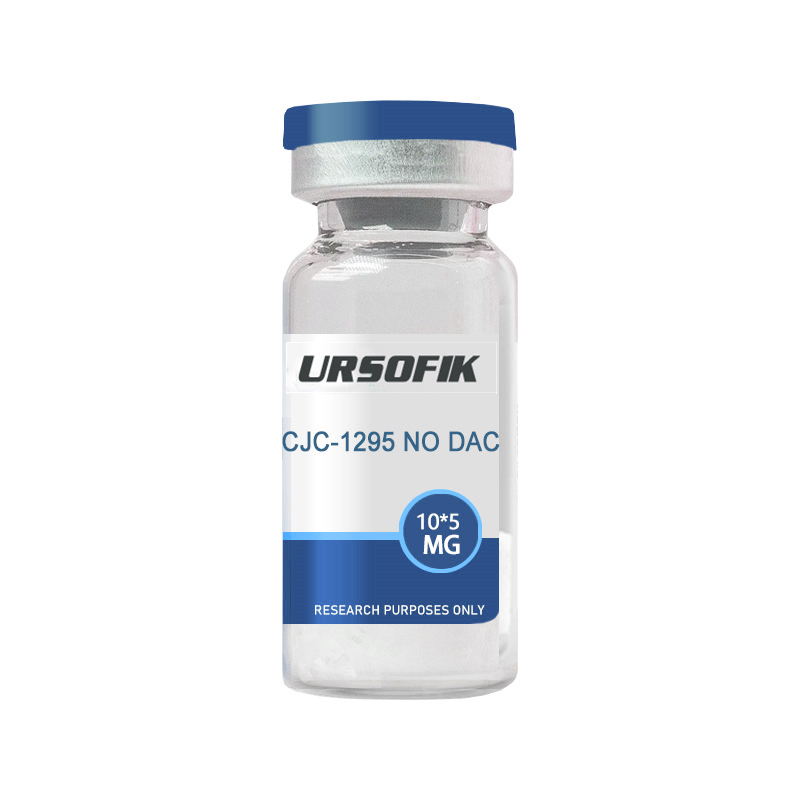
Compound Class: Peptide Mechanism of Action: CJC-1295 binds to receptors in the pituitary gland, stimulating the release of plasma growth hormone (GH) and insulin-like growth factor 1 (IGF-1). Notable studies: CJC-1295, a long-acting GH-releasing hormone analog, stimulates growth hormone (GH) and insulin-like growth factor I secretion in healthy adults over a long period of time Once-daily administration of CJC-1295, a long-acting growth hormone-releasing hormone (GHRH) analog, restores growth to normal in GHRH knockout mice Sleep and endocrine changes after intranasal administration of growth hormone-releasing hormone in adolescents and older adults Also known as: UNII-62RC32V9N7, 62RC32V9N7 Research applications: Growth hormone deficiency Body composition Sleep quality; anti-aging Risks: Limited human data Lack of FDA approval WADA banned list Chemical structure CJC-1295 structure What is CJC-1295? CJC-1295 is a synthetic analog of growth hormone-releasing hormone (GHRH) and growth hormone secretagogue (GHS) developed by ConjuChem Technologies in the mid-2000s. Originally designed to tre ...
Read More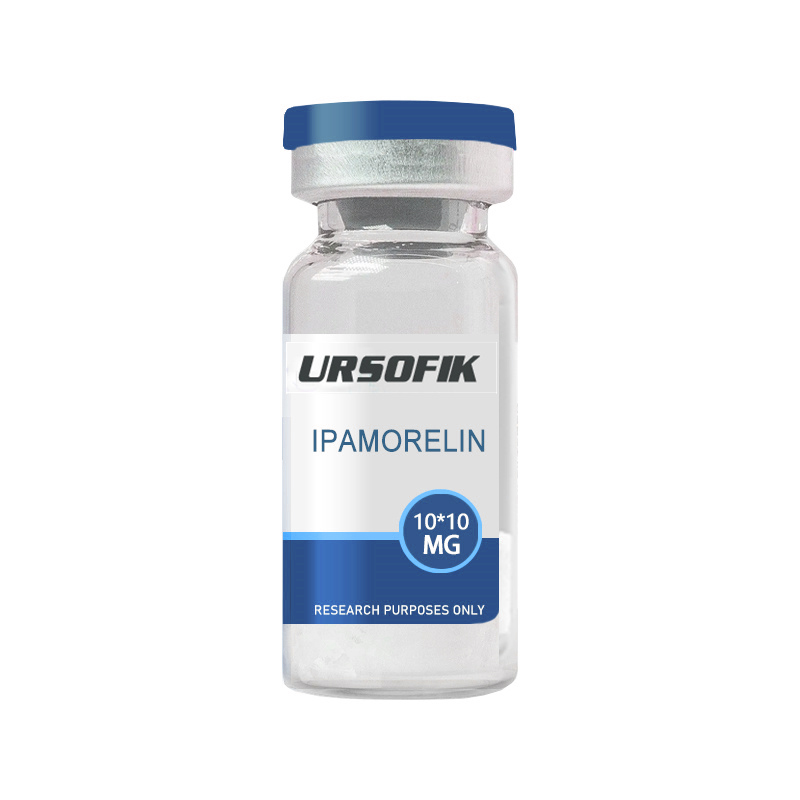
Compound Class: Peptide Mechanism of Action: Ipamorelin is a selective growth hormone secretagogue and ghrelin receptor agonist that triggers and stimulates growth hormone production by mimicking ghrelin. It binds to ghrelin receptors, stimulating growth hormone release, and inhibits somatostatin and suppresses its effects. Notable Studies: · Ipamorelin, the first selective growth hormone secretagogue · The growth hormone secretagogue ipamorelin counteracts glucocorticoid-induced reductions in bone formation in adult rats · The GH secretagogues ipamorelin and GH-releasing peptide-6 increase bone mineral content in adult female rats What is ipamorelin? Ipamorelin is a laboratory-made compound known as growth hormone-releasing peptide. It stimulates the body to release growth hormone, which promotes systemic growth of muscle, bone, vascular system, and other cells and body tissues. Ipamorelin is unique among growth hormone-releasing peptides in that, unlike most growth hormone-releasing peptides, it does not activate the body's natural stress response. This gives ipamorelin an advantage over similar compounds. However, research on ipamorel ...
Read More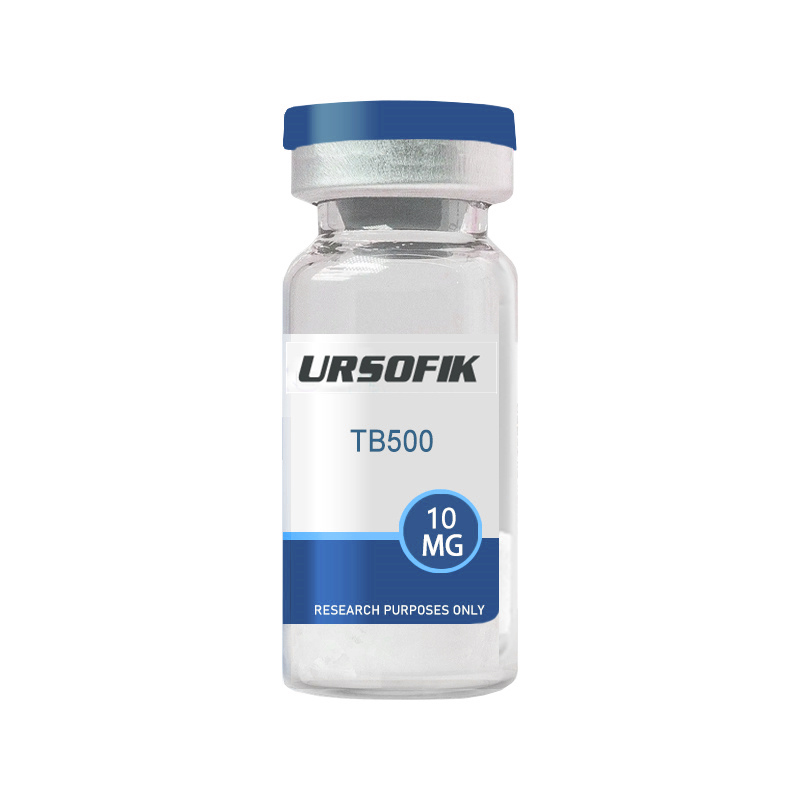
What is TB-500? TB-500 is a 43 amino acid synthetic analog of thymosin B-4 (TB-4), which occurs naturally in nearly all mammalian cells. TB-500 is known for its effects on actin, cell migration, and wound healing. Animal models and in vitro studies have shown that TB-500 can improve blood vessel growth, accelerate wound healing, reduce inflammation, and promote production of extracellular matrix. The peptide is currently being studied for its ability to reduce oxidative stress in spinal cord injuries, improve recovery after heart attacks, and have a variety of anti-aging effects. TB-500 Mechanism of Action TB-500 is the active domain of TB-4 and primarily acts as an actin-binding protein. Actin is an important component of cellular structure and makes up microfilaments. Microfilaments are responsible for giving cells their shape, protecting the integrity of cell membranes, allowing cells to move/migrate, and certain steps in cell reproduction. Actin is also one of the main components of muscle protein. Without actin, muscles cannot contract. Actin-binding proteins such as TB-4 sequester actin monomers (single units of actin), thereby protecting them from degradation and allowing them to polymerize into microfi ...
Read More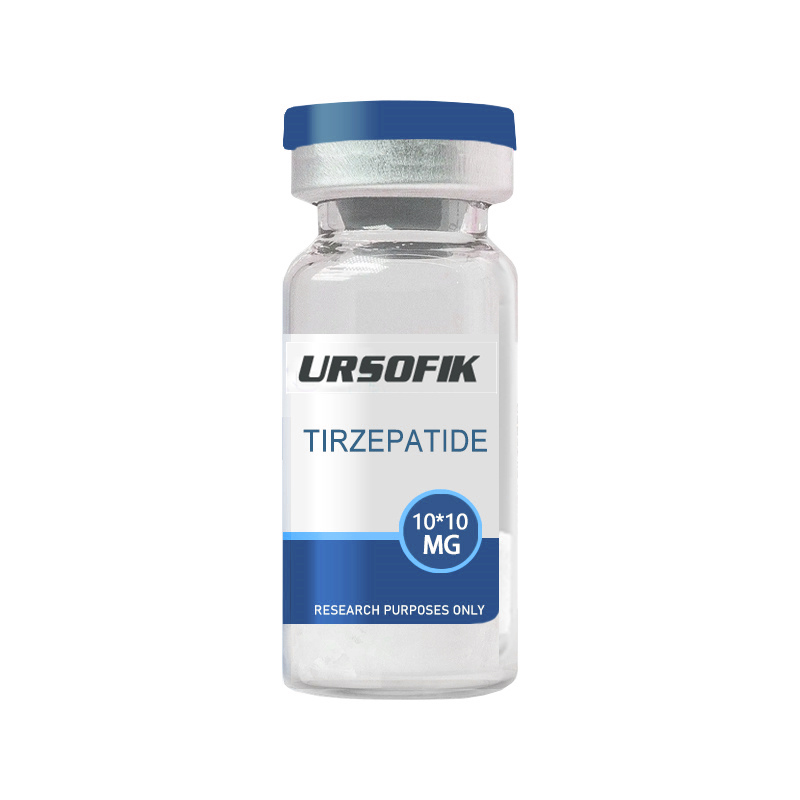
What is Tirzepatide? Tirzepatide is a synthetic peptide that acts as a dual agonist at the glucose-dependent insulin secretagogue polypeptide (GIP) and glucagon-like peptide-1 (GLP-1) receptors. The compound has been studied for its potential to affect glucose regulation and energy balance. Researchers are particularly interested in Tirzepatide because of its potential role in treating metabolic disorders, including those associated with insulin resistance and excess weight. How does Tirzepatide work? Tirzepatide is designed to activate both GIP and GLP-1 receptors, which are involved in regulating insulin secretion and glucose homeostasis. By stimulating these receptors, Tirzepatide can enhance insulin secretion in response to elevated blood glucose, inhibit glucagon release, and slow gastric emptying. In addition, this dual agonist effect may help reduce appetite and caloric intake by acting on receptors within the central nervous system, which may be beneficial for weight management. What are the potential benefits of Tirzepatide? Research suggests that Tirzepatide may offer several potential benefits: Improved blood sugar control: Tirzepat ...
Read More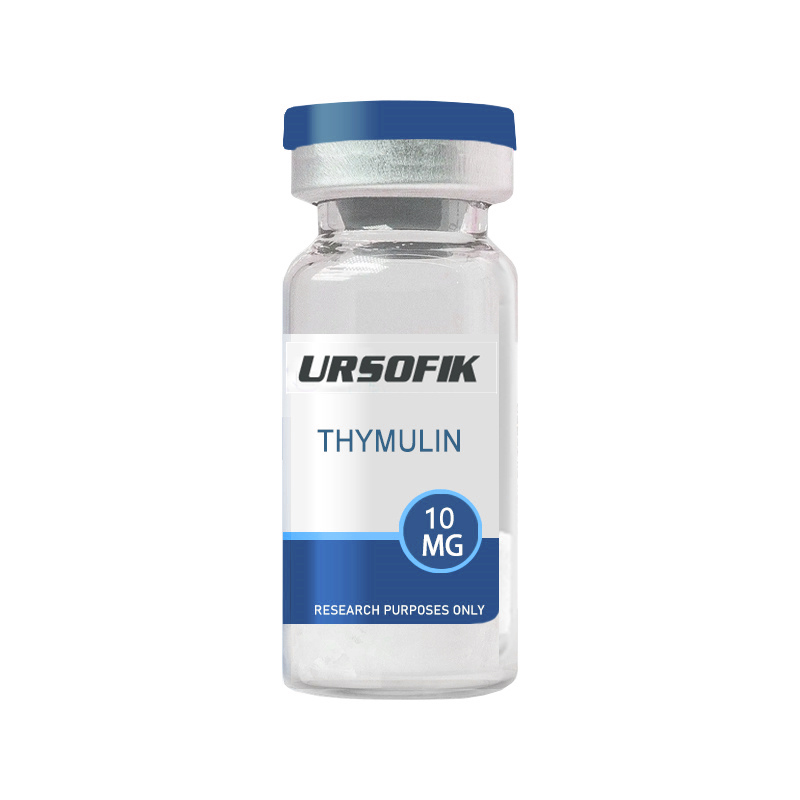
Structure Sequence: Glu-Ala-Lys-Ser-GIn-Gly-Gly-Ser-Asn Molecular formula: C 33 H 54 N 12 O 15 Peptide purity: greater than 98% Additional details: TFA-free, mannitol-free Storage: This product must be stored at 4°C. Not suitable for freezing. Zinc-thymol is for external use only Description Hair loss occurs in a large proportion of the adult population and increases with age. Both men and women can experience hair loss, but it is more common in men. In the West, an estimated 50% of men will experience noticeable hair loss before the age of 50. The most common form of hair loss in men is androgenic alopecia (male pattern baldness). Most hair loss is due to follicular inactivation, which means that the follicles stop growing hair. Literature also suggests that with aging, the fat layer of the scalp thins, leading to the inactivation of stem cells that regulate hair growth, which can lead to hair loss. Zinc deficiency can also lead to hair loss. Thymosin is a nonapeptide from the thymus gland. Zinc and thymosin are two natural compounds involved in hair follicle growth that have been found to promote hair growth. Early reports of thymus extracts ...
Read More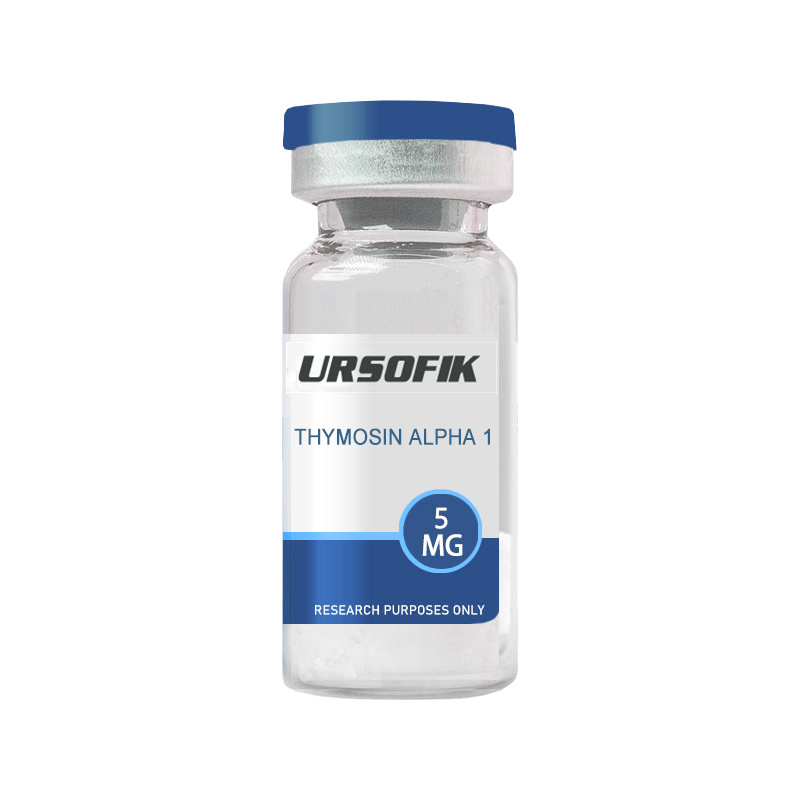
What is Thymosin Alpha 1? Thymosin Alpha 1, also known as TA1, is a 28 amino acid peptide. It is naturally produced and isolated from the human thymus, a small gland that makes and trains immune cells (T-cells). The T-cells help your immune system fight disease and infection. Thymosin Alpha 1 was first isolated from the calf thymus in 1977. Since then, two additional methods have been developed to extract this peptide from its source. These include solid-state synthesis (the popular method) and genetic engineering processes. Like the source (thymus) from which it is isolated, TA1 possesses the ability to enhance, restore and modify your immune response. It has also shown promise in various clinical applications, including viral, fungal, and bacterial infectious diseases and cancer. Recent research has indicated that TA1 might be used for the treatment of severe sepsis. The peptide has also been reported to prevent invasive infections in bone-marrow transplanted patients. In clinical studies, it has displayed promise as a vaccine adjuvant. How does Thymosin Alpha 1 Work? Thymosin Alpha 1 has a dual mechanism of action: Immune Modulating Effect 】 Thymosin Alpha 1 exe ...
Read More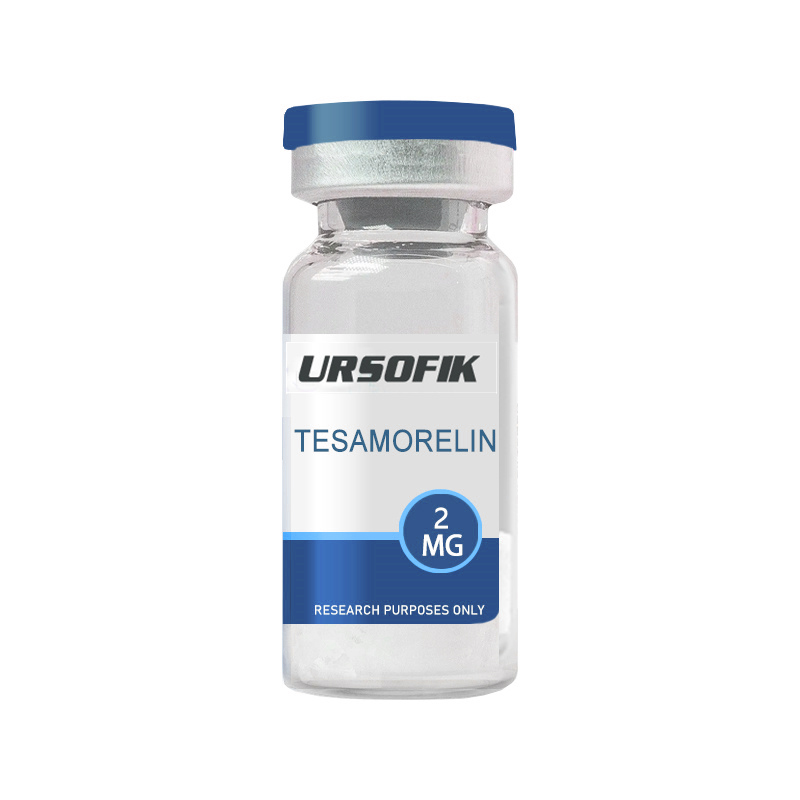
What is Tesamorelin? Tesamorelin is a stabilized synthetic analogue of Growth Hormone Releasing Hormone (GHRH),not specifically from the hypothalamus, used for the reduction of excess abdominal fat in HIV-patients with lipodystrophy. Lipodystrophy is a metabolic condition often associated with insulin resistance, fat redistribution, and hyperlipidemia associated with antiretroviral therapy for the treatment of HIV infection. Mechanism of Action Tesamorelin works by mimicking the natural Growth Hormone Releasing Hormone, stimulating the pituitary gland to release more growth hormone. This increase in growth hormone leads to various metabolic effects, majorly the reduction of excess abdominal fat, and helps improve body composition. By binding to GHRH, Tesamorelin causes a series of physiological reactions that result in a reduction of visceral fat in the abdominal area. Potential Benefits of Tesamorelin The following are the benefits of Tesamorelin: Fat loss and improvement in body composition: One of the well-known benefits of tesamorelin is the visceral fat reduction. Research shows that tesamorelin may help in the reduction of excess abdominal fat and also help improve the body composit ...
Read More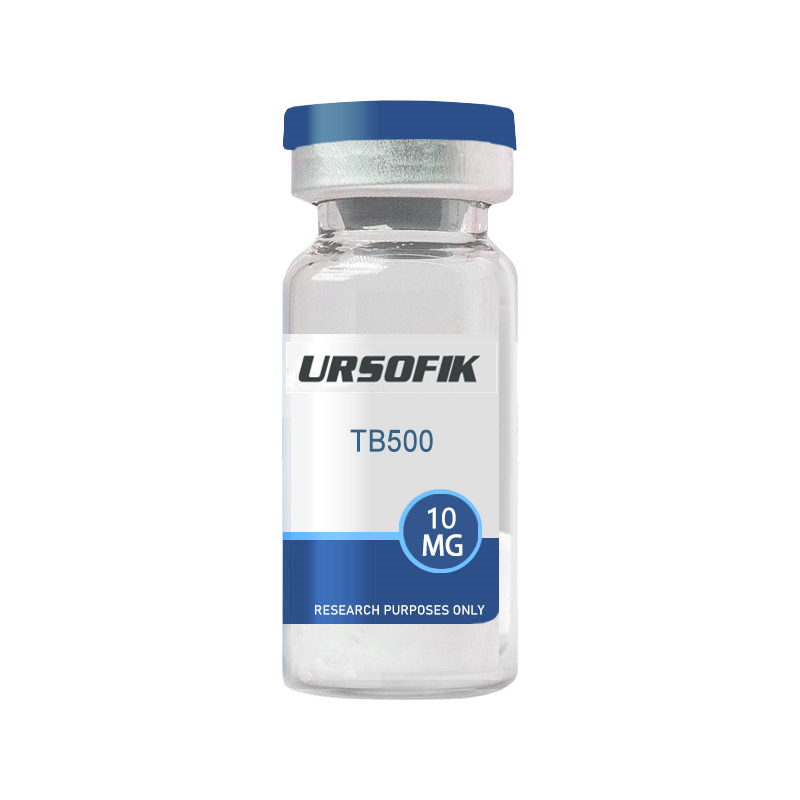
What is TB-500? TB-500 is a 43 amino acid synthetic analog of thymosin B-4 (TB-4), which occurs naturally in nearly all mammalian cells. TB-500 is known for its effects on actin, cell migration, and wound healing. Animal models and in vitro studies have shown that TB-500 can improve blood vessel growth, accelerate wound healing, reduce inflammation, and promote production of extracellular matrix. The peptide is currently being studied for its ability to reduce oxidative stress in spinal cord injuries, improve recovery after heart attacks, and have a variety of anti-aging effects. TB-500 Mechanism of Action TB-500 is the active domain of TB-4 and primarily acts as an actin-binding protein. Actin is an important component of cellular structure and makes up microfilaments. Microfilaments are responsible for giving cells their shape, protecting the integrity of cell membranes, allowing cells to move/migrate, and certain steps in cell reproduction. Actin is also one of the main components of muscle protein. Without actin, muscles cannot contract. Actin-binding proteins such as TB-4 sequester actin monomers (single units of actin), thereby protecting them from degradation and allowing them to polymerize into microfilaments ...
Read More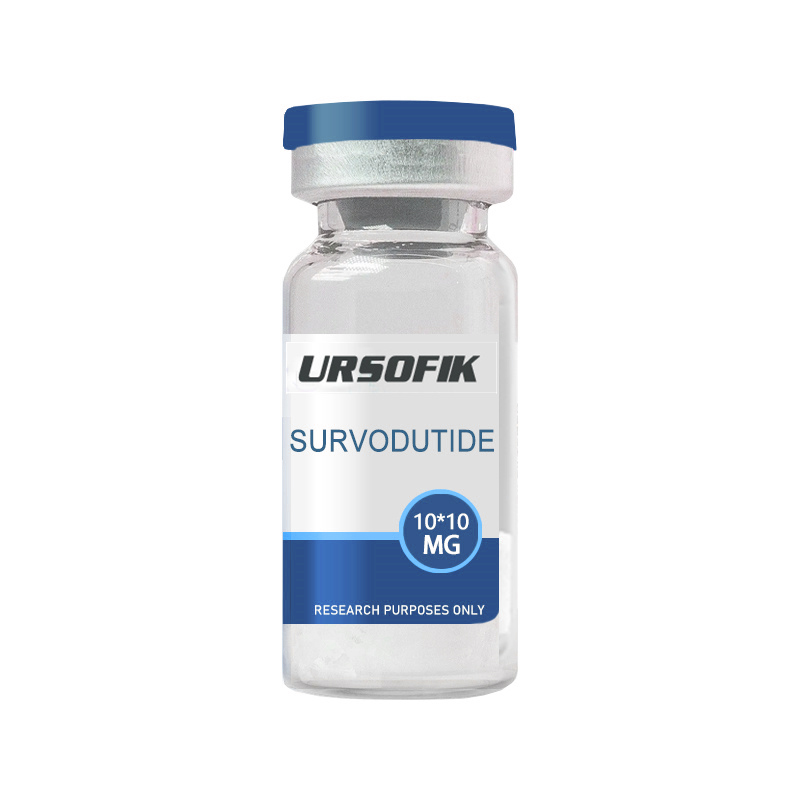
What is Survodutide? Survodutide 10MG is a research compound studied for potential benefits in obesity and glucose management. Similar to Mazdutide and Retatrutide, Survodutide shows high efficacy. Researchers hypothesize that, when combined with proper diet and exercise, it might significantly enhance obesity reduction. Additionally, studies explore its effects on metabolic regulation and cardiovascular health. How Does Survodutide Work? Survodutide stands out in obesity research due to its multifaceted mechanisms of action: Multi-Receptor Agonist: Survodutide targets multiple receptors involved in regulating metabolism. This action slows gastric emptying, reduces postprandial glucose levels, and promotes satiety. Consequently, it leads to decreased food intake and improved energy balance. Enhancing Satiety: By acting on the brain’s satiety centers, Survodutide helps reduce appetite and prolong feelings of fullness. This reduction in caloric intake supports efforts in obesity reduction. Glucose Optimization: Survodutide aids in better glucose regulation by slowing gastric emptying and modulating insulin and glucagon release. This dual action results in improved glycemic control, b ...
Read More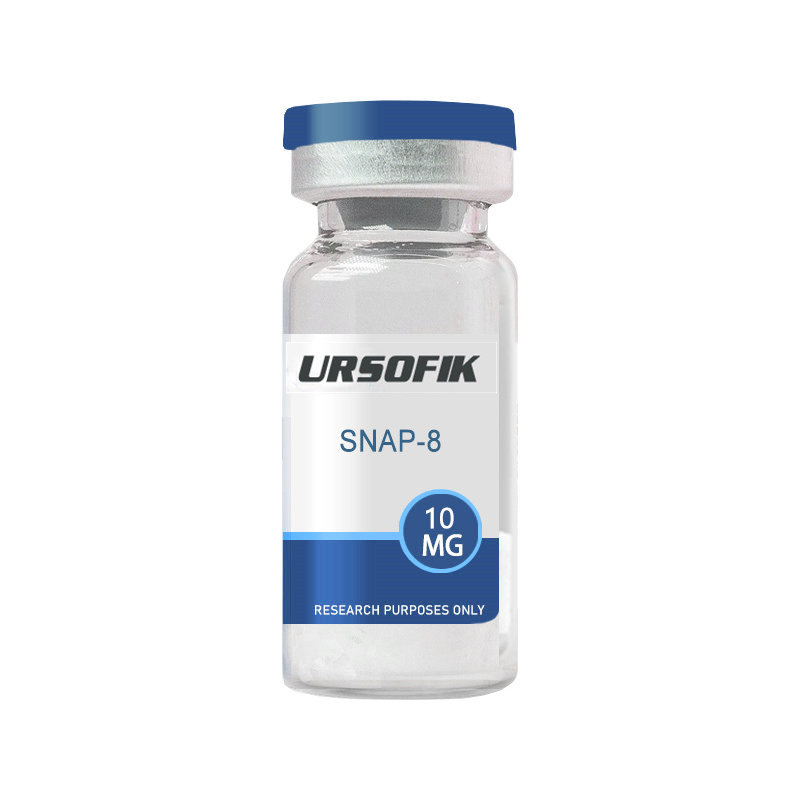
Key Features: Wrinkle Reduction: Effectively reduces expression lines and wrinkles. Botulinum Toxin Alternative: Provides a safer, non-invasive alternative to traditional botulinum toxin treatments. Skin Smoothness: Improves skin texture and smoothness. Anti-Aging: Reduces signs of aging and maintains a youthful appearance. Research Support: Studies have shown it to be effective in reducing the depth and formation of wrinkles. Description SNAP-8 is a naturally derived, non-toxic, non-invasive peptide that has been shown to have the potential to reduce facial wrinkles and improve skin appearance. It is an extension of the hexapeptide ARGIRELINE, known for its ability to modulate muscle contraction, thereby reducing the formation of fine lines and wrinkles. Structure and Modifications SNAP-8 is an octapeptide composed of glutamyl and heptapeptide amino acids. Its structure allows it to mimic the N-terminus of SNAP-25, a protein involved in the SNARE complex, which is essential for neurotransmitter release and muscle contraction. Synthesis and Studies SNAP-8 has been synthesized using a variety of methods, including solid phase synthesis. Studies have shown that it is ...
Read More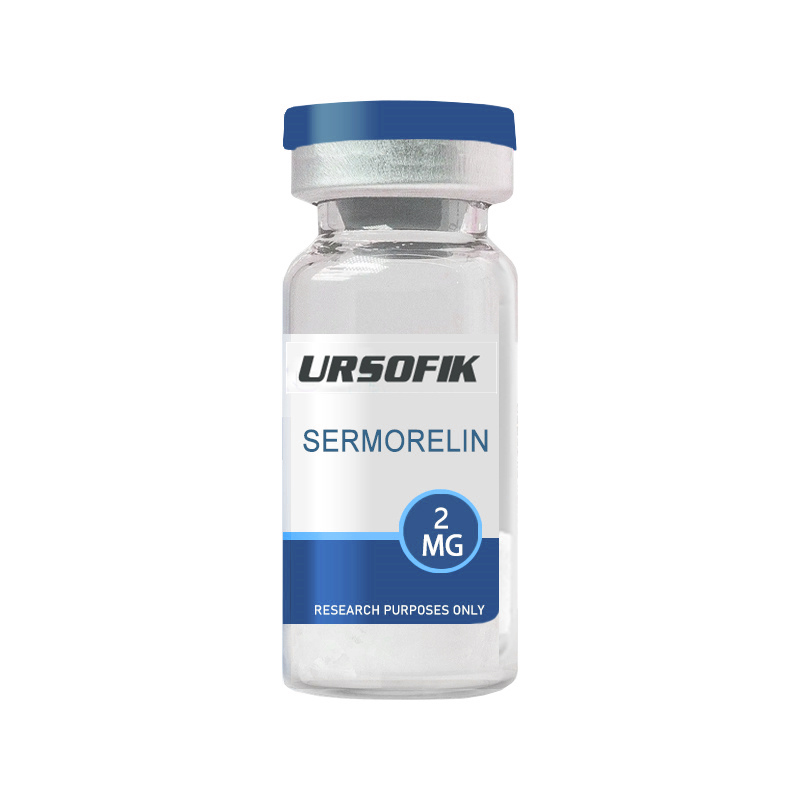
What is Sermorelin? Sermorelin is a synthetic peptide analog of human growth hormone-releasing hormone (GHRH). It was developed by EMD Serono, a German company, for the treatment of growth hormone deficiency (GHD) in children and adults. The main function of the peptide is to stimulate the body to produce and release growth hormone (GH). After clinical trials, growth hormone-releasing peptide was first approved by the U.S. Food and Drug Administration (FDA) in 1997 under the trade name "Geref" for the treatment of growth hormone deficiency (GHD) in children and adults. In 2008, the FDA stopped approving the drug for commercial reasons unrelated to safety or effectiveness. Growth hormone-releasing peptide can also be used as a diagnostic agent to evaluate whether the pituitary gland in a particular patient is functioning properly and releasing adequate amounts of growth hormone. Other applications of this peptide are currently being studied, including its role in the diagnosis and treatment of hormone deficiencies, including its role in sleep quality, heart health, and even as a new type of brain tumor treatment. Sermorelin Benefits | Clinical Trials Our team conducted a literature review u ...
Read More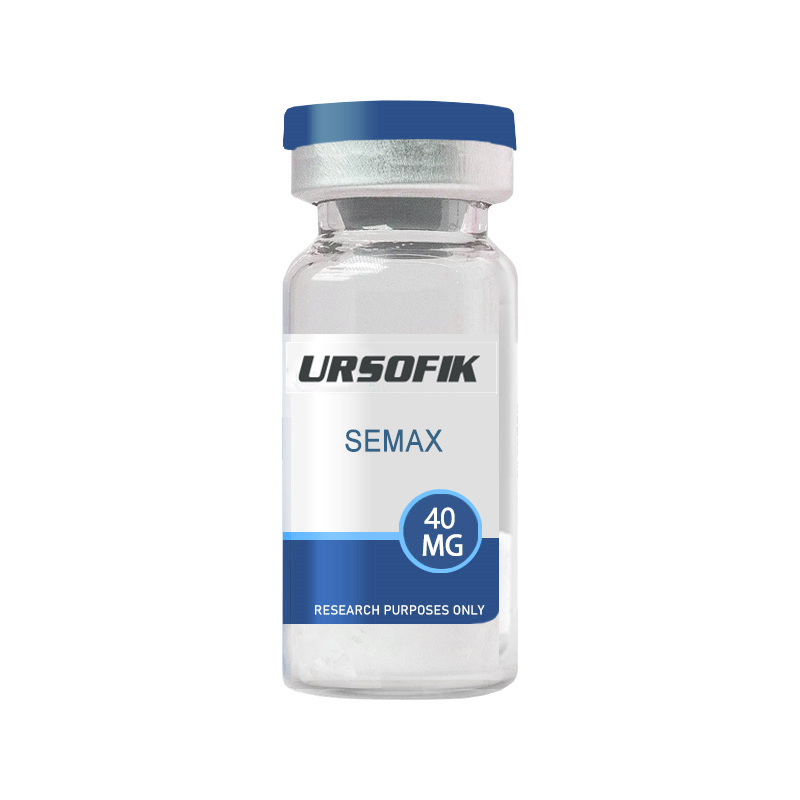
Class of Compound: Peptide Mechanism of Action: Semax is known to stimulate neurotrophic factors in the central nervous system, namely Brain-Derived Neurotrophic Factor (BDNF) and Nerve Growth Factor (NGF). It further appears to impact serotonin, dopamine, and enkephalin signaling. Notable Studies: · Semax in the treatment of glaucomatous optic neuropathy in patients with normalized ophthalmic tone · The efficacy of semax in the treatment of patients at different stages of ischemic stroke · Synthetic ACTH analog Semax displays nootropic‐like activity in humans What is Semax? Semax is a synthetic peptide that was first developed by Russian researchers in the 1980s. It is authorized in Russia and Ukraine for indications including ischemic brain stroke, encephalopathy, optic nerve atrophy, and cognitive disorders such as dementia. Research suggests that Semax may offer potential benefits to patients suffering from a variety of neurological conditions, including Alzheimer's, traumatic brain injury (TBI), and stroke. Semax is an ana ...
Read More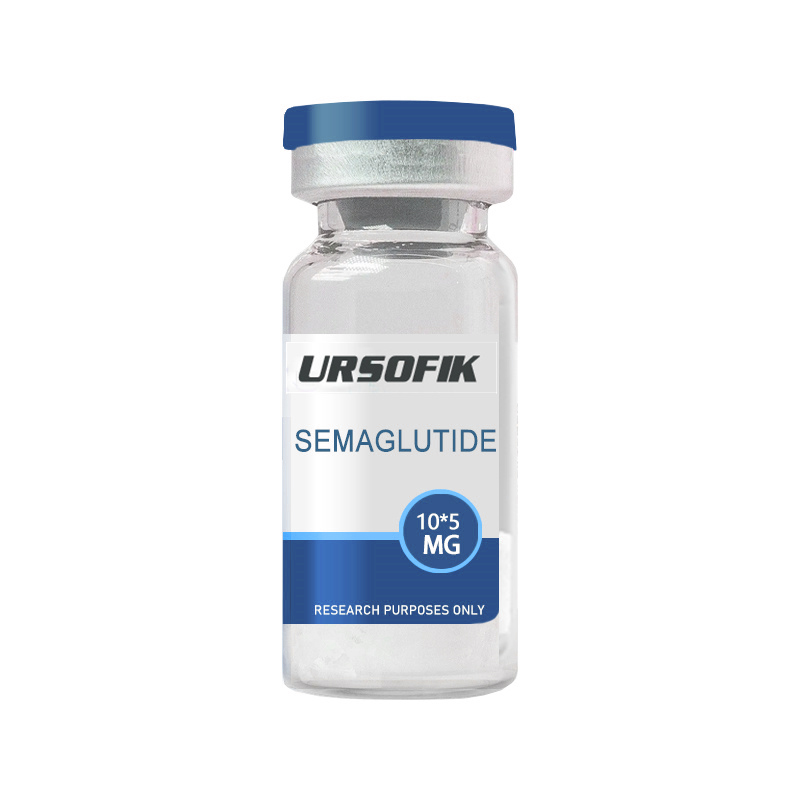
What Is Compounded Semaglutide? Compounded semaglutide is a form of the diabetes medication semaglutide that is custom-prepared by compounding pharmacies. This service has become especially important due to frequent shortages of GLP-1 medications, including well-known brands like Wegovy, Ozempic, and Rybelsus. Such shortages are often caused by manufacturing delays, rising demand and disruptions in the supply chain, leaving many patients without essential treatment. Compounded semaglutide offers a reliable alternative when these name-brand medications are not available. With state-of-the-art 503A and 503B facilities, Olympia Pharmaceuticals can tailor patient-specific prescriptions and office-use preparations of GLP-1 medications. Our adherence to stringent national and state regulations ensures that healthcare providers and their patients can maintain uninterrupted treatment. What Is Compounded Semaglutide Prescribed For? Semaglutide is primarily prescribed for adults with type 2 diabetes to improve blood glucose control. Additionally, it may be used for weight management in individuals who are either overweight or obese and have at least one weight-related condition, such as hypertension or dyslipi ...
Read More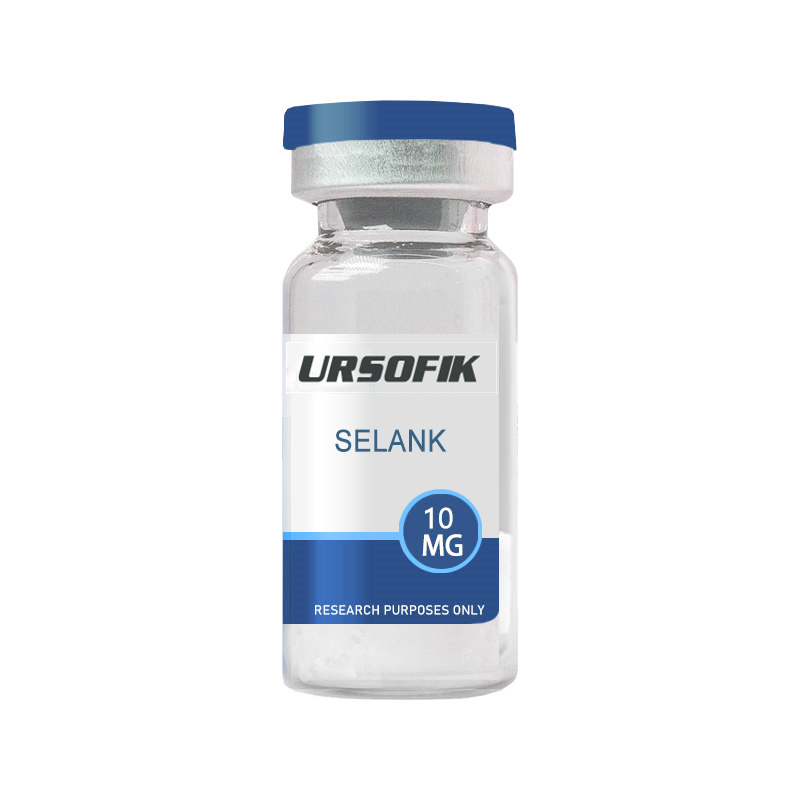
Class of Compound: Peptide Mechanism of Action: Selank acts on the central nervous system by influencing the levels and activity of neurotransmitters like serotonin, dopamine, and GABA, which can result in anxiolytic effects, mood improvement, and cognitive enhancement. The peptide also interacts with the immune system by influencing gene expression and modulating cytokine balance. Notable Studies: · Semax and Selank inhibit the enkephalin-degrading enzymes from human serum · Selank administration affects the expression of some genes involved in GABAergic neurotransmission · Immunomodulatory effects of Selank in patients with anxiety-asthenic disorders What is Selank? Selank is a synthetic analog of tuftsin, an endogenous tetrapeptide that plays a role in regulating the immune system. Some researchers informally classify Selank as a nootropic—a compound that can enhance cognitive function, improve memory, and increase mental clarity. Selank was developed in the early 1990s at the Russian Academy of Sciences and has primarily been studied fo ...
Read More

